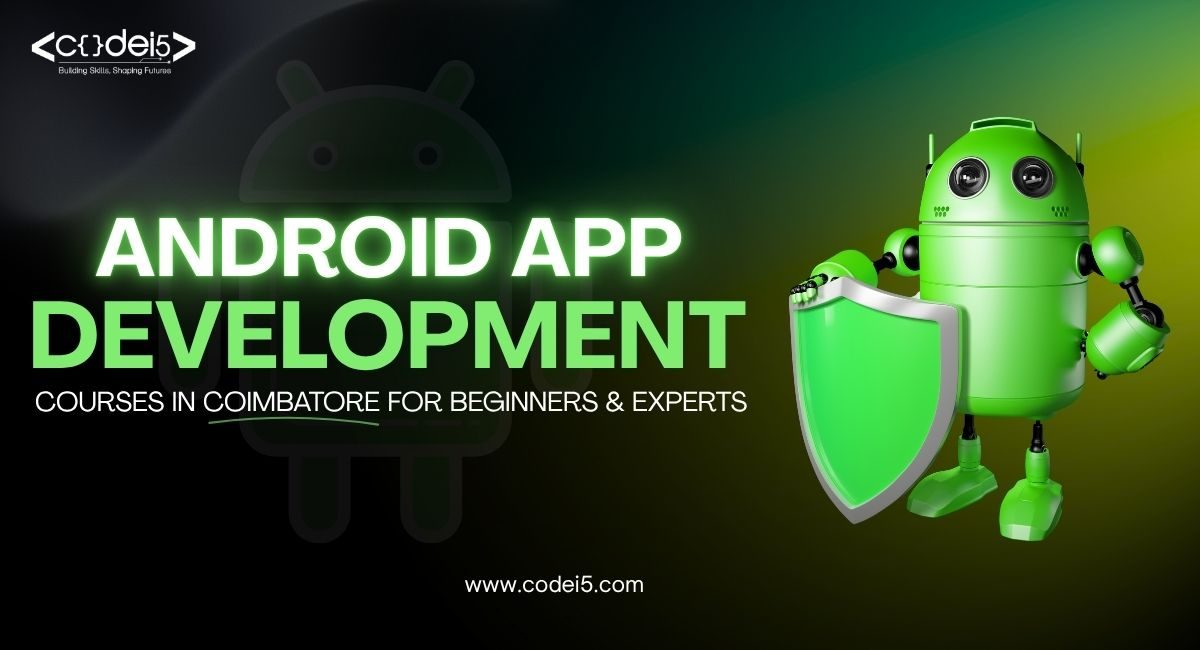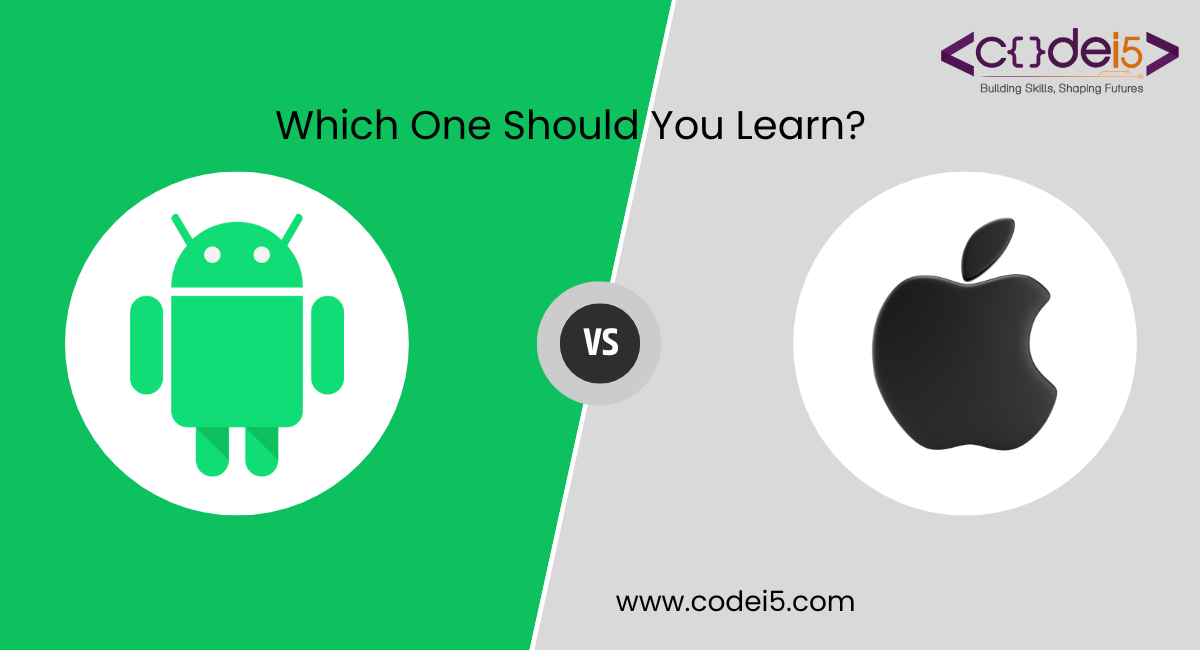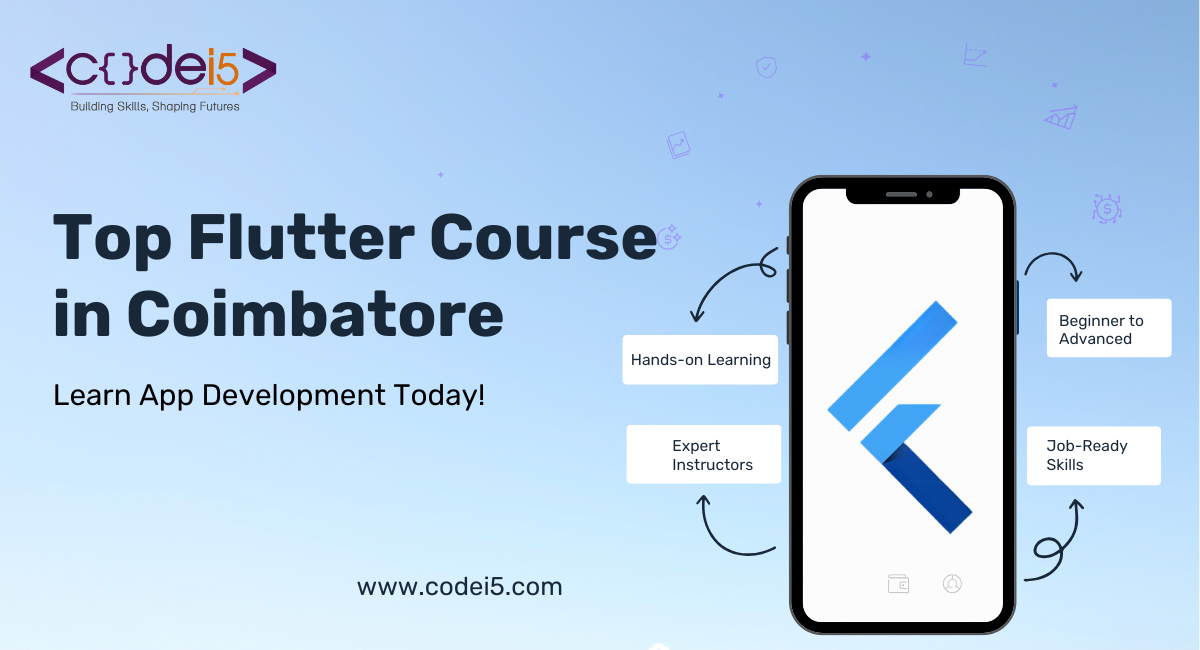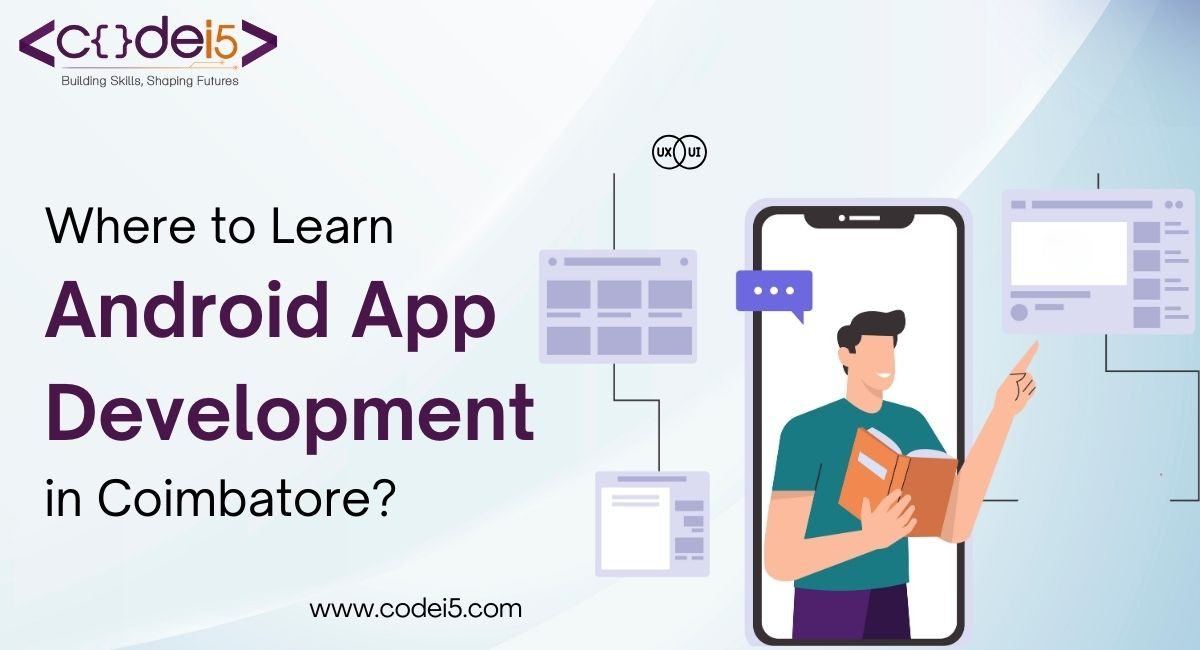
Are you prepared to start developing using Flutter? Learning Flutter gives up a world of possibilities for programmers of all experience levels, whether they are novices or seasoned developers exploring the realm of cross-platform app development. We’ll walk you through the essential knowledge that any newbie should have in order to get started on their Flutter journey in this guide. We’ll give you all the tools you need to make beautiful and useful apps, from designing engaging user interfaces to effectively managing app state. To facilitate a seamless transition into Flutter development, a thorough part on coding for beginners is included in the indispensable ‘Things You Need to Learn as a Beginner Flutter Developer’ guide.
So fasten your seatbelts and get ready to explore the fascinating realm of Flutter development!
Introduction to Flutter and its Advantages:
Google developed Flutter, an open-source UI software development kit that allows developers to construct natively built desktop, web, and mobile applications from a single codebase.
Advantages of Flutter:
Cross-Platform Development: Write code only once and make it available across several platforms, such as desktop, web, iOS, and Android.
Quick Development: Without having to restart the program, the hot reload functionality enables rapid experimentation, UI improvements, and issue repairs.
Rich User Interface: To design stunning and captivating user interfaces, Flutter offers an extensive collection of customizable widgets.
Great Performance: Because Flutter apps are constructed, they render quickly and have smooth animations. This leads to great performance.
Overview of Dart Programming Language:
Google created the general-purpose programming language Dart, which is available for free.
It was created with the intention of creating cutting-edge, scalable mobile and online apps.
Developers coming from languages like Java or JavaScript are familiar with dart syntax, thus learning it is not too difficult.
It supports both object-oriented and functional programming paradigms and has robust typing with optional type annotations.
When developing cross-platform mobile applications, Dart is frequently used in conjunction with Google’s Flutter framework.
Additionally, it can be utilized with command-line tools, server-side scripting, and web development.
Dart’s developer community is expanding, adding libraries and packages to the ecosystem to expand its capabilities across many areas.
Developers may start using the language using resources, tutorials, and thorough documentation available on the official Dart website.
Mastering Widget Hierarchy:
Flutter UI’s fundamental building pieces are called widgets. Everything in Flutter is a widget, including buttons, text input fields, and layout elements.
Widget Types:
Stateless Widgets: These are immutable widgets used to display static data that do not keep state.
Stateful Widgets are changeable widgets that can respond to user inputs or data changes by dynamically updating their appearance while maintaining their current state.
Characteristics and Settings:
The characteristics and attributes of widgets determine how they look and behave.
Parameters specify the configuration and functioning of the widget, whereas properties comprise features like colour, size, and padding.
Custom Widgets:
By combining pre-existing widgets or by expanding the StatelessWidget or StatefulWidget classes, Flutter enables developers to construct unique widgets.
By encapsulating particular UI components or functionalities, custom widgets encourage code reuse and modularity.
Comprehending widgets is essential for creating dynamic and captivating Flutter user interfaces. Through a thorough understanding of widget types, characteristics, lifecycles, and composition, developers can easily construct apps that are both responsive and aesthetically pleasing.
Leveraging Flutter Packages:
Using Flutter packages is a smart choice that gives developers the ability to add a variety of features and functionality to their applications through the use of the vast collection of pre-built packages found on sites such as pubs. Dev, developers can shorten development cycles and minimize the need to start from scratch.
Flutter packages provide answers for almost every development difficulty, including performance optimization, complicated UI component implementation, and integration with third-party applications. Moreover, these packages are frequently updated and supported by vibrant communities, guaranteeing compatibility with the most recent Flutter releases.
Developers can get several benefits by carefully choosing and incorporating Flutter packages into their projects. These benefits include reduced development time, better code quality, and the ability to produce polished applications that satisfy modern user expectations.
To guarantee effectiveness, dependability, and scalability for your Flutter project, you must learn to assess and select the appropriate packages. Here’s a step-by-step approach to assist you in choosing wisely:
Identify Project Requirements:
Start by outlining the specifications and objectives of your project precisely. Establish a priority list for the features and functionalities that you absolutely must have.
Research Packages:
Look through the pub. Dev and other resources to locate packages that meet the needs of your project. To focus your search, use categories, filters, and keywords.
Check Package Popularity and Maintenance:
On GitHub, look for packages that have a lot of stars, forks, and downloads. High popularity denotes dependability and backing from the community.
Review Documentations and Examples:
Please read the package documentation carefully to learn about its configuration options, APIs, and usage.
Look for tutorials, sample code, and examples to see how the package is used in actual applications.
Evaluate Performance and Stability:
Examine the performance features of the package, including memory utilization, speed, and platform and device compatibility.
Examine other developers’ ratings, comments, and bug reports to determine how stable and dependable the package is.
Test and Validate:
To evaluate a package’s features and functionality, make a tiny test project before incorporating it into your main project.
Before adding the package to your primary project, test its functionality, compatibility, and simplicity of integration in a controlled setting.
These procedures will help you select the best packages for your Flutter project and assess them in an efficient manner, which will guarantee the timely development and delivery of high-calibre applications.
Performance Optimization:
Ensuring seamless and effective operation of your Flutter application across several devices is contingent upon performance optimization. The following techniques can help you get the most out of your Flutter app:
Conclusion:
In conclusion, if you’re a newbie interested in Flutter programming, you may expect an interesting journey full of unlimited possibilities. There’s a lot of information out there just waiting to be discovered, from grasping the foundations of Dart programming to comprehending the subtleties of Flutter widgets and animations. Please don’t be scared to try new things, make errors, and grow from them as you set out on your educational path. Accept the active Flutter community, ask seasoned developers for advice, and keep up with the most recent developments and industry best practices.
We provide thorough courses at our top Flutter training institute in Coimbatore to give prospective developers the know-how and abilities they need to succeed in the fast-paced field of mobile app development.
Enroll in our in-depth Flutter course to design cross-platform applications with ease and master mobile app development.







